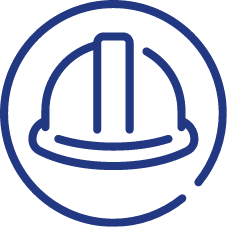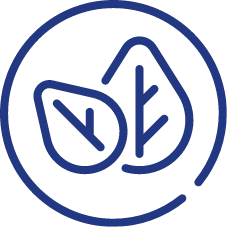The Palmer Project: Responsible Mineral Exploration in Southeast Alaska
“Today’s mineral exploration and development is driven by environmental best practices and a commitment to sustainability, and our team of experts embodies that commitment, ensuring the Palmer Project is explored responsibly, meeting state and federal regulations.”
-Peter Mercer, President
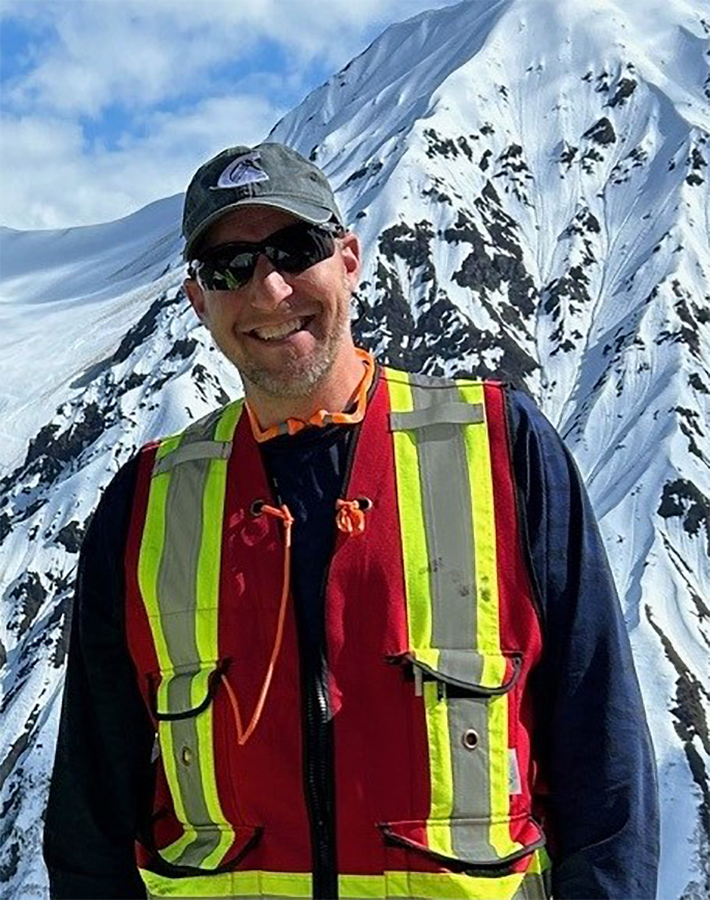
Responsible Mineral Exploration in Southeast Alaska
Utilizing advanced technology and industry expertise, we are dedicated to preserving Southeast Alaska’s rich natural and cultural heritage and creating a lasting positive impact for generations to come.
Project Details
The Palmer Project is an advanced-stage mineral exploration initiative in Southeast Alaska.
Guided by state and federal permits, our team of local experts is conducting a comprehensive, multi-year evaluation. We are exploring the potential of the area’s volcanogenic massive sulfide (VMS) deposit for copper, zinc, silver, gold, and barite, while thoroughly assessing the project’s potential social, environmental, and economic impacts.
These assessments help us identify potential challenges and opportunities, enabling us to minimize environmental impacts and ensure worker safety. By consulting with local communities, we address their concerns and promote a collaborative environment for long-term success.

Brief Project History
Before a mineralized area can even be considered for an operating mine, decades of work, studies and analysis need to occur. What is now known as the Palmer Deposit was initially discovered in the late 1960s by a local prospector. Constantine has been actively exploring the area through core drilling, environmental baseline data collection, engineering studies and community outreach since 2006.
1969: Copper and zinc mineralization is discovered in the Glacier Creek prospect area by local prospector Merrill Palmer.
1982: Alaska State Legislature designated Alaska Chilkat Bald Eagle Preserve and Haines State Forest in a balanced approach to manage all resources in the region
1994: Alaska Mental Health Trust is reconstituted and selects over 87,000 acres in the Chilkat Valley for its mineral potential to support AMHT beneficiaries
1969 – 2006: Various exploration companies completed regional geological, geochemical, and geophysical surveys and diamond drilling (7,545 meters in 37 drill holes)
2006:Constantine acquired the Palmer Project.
2008: Environmental baseline data collection and reporting began with water quality and wildlife observations.
2010: Initial resource estimate completed on the project.
2013: Dowa Metals and Mining, a 100+ year-old responsible and dedicated metals company from Japan, entered into an option agreement with Constantine.
2015: Updated resource estimate completed for the project.
2017: A second deposit 1.9 miles (3 km) from the Palmer Deposit discovered and named AG Zone.
2017: Dowa and Constantine formed Joint Venture partnership (JV) to continue exploring the Palmer Project.
2018: Updated resource estimate for Palmer Deposit and Initial resource estimate completed for AG Zone.
2021-2022: Geotechnical studies and road/campsite construction initiated to support safe operations headquartered at the Klehini site.
2022: American Pacific Mining Corp acquired Constantine Metal Resources and Constantine’s share of the JV.
2023: An experienced technical and operational management team join Constantine and the highest-grade copper results ever are drilled on the property.
2024: American Pacific acquires 100% ownership of Palmer Project.
2025: Updated resource estimate completed for Palmer and AG Deposits.
Project Geology
The Palmer Project comprises two significant mineral deposits, the Palmer Deposit and the AG Deposit. These were formed over 200 million years ago due to volcanic activity on an ancient seafloor. Subsequent tectonic movements, involving transport, folding, and faulting, have positioned these deposits within the Chilkat Valley’s current landscape, part of the Alexander Terrane.
Core drilling primarily targets the Palmer Deposit, specifically within the RW and South Wall Zones. The AG Deposit, discovered in 2017, will also be a focus of exploration drilling for the next 3-5 years.
Constantine’s expert Geology Team analyzes core samples to reconstruct the original depositional environment. Samples are evaluated immediately upon retrieval during the field season to select those for detailed laboratory analysis. Off-season, the team uses these results to plan future drilling.
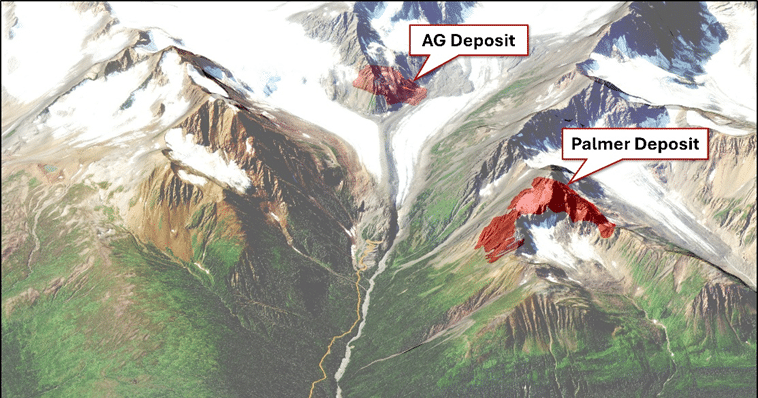
Project Deposit
The Palmer Project hosts a NI43-101 mineral resource estimate in the Palmer (RW & SW) and AG Deposits. The total consolidated mineral resource is 4.77 million tonnes of 13.2% zinc equivalent in the indicated category and 12.00 million tonnes of 8.9% zinc equivalent in the inferred category.
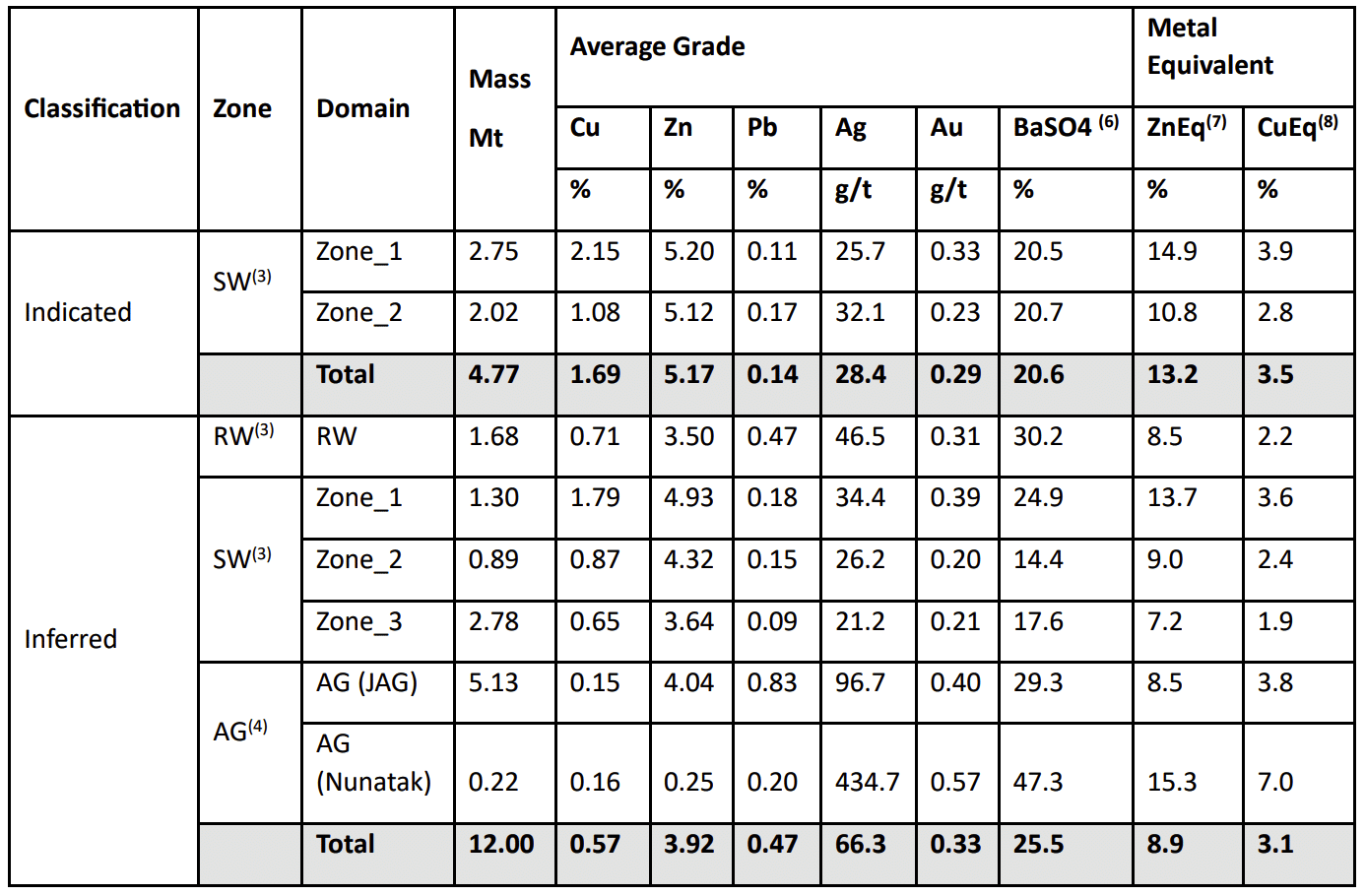
(1) Mineral Resources, which are not Mineral Reserves, do not have demonstrated economic viability. The deposits have been classified as Indicated and Inferred based on confidence in the geological model, drill spacing. The estimate of Mineral Resources may be materially affected by environmental, permitting, legal, title, market or other relevant issues. The quantity and grade of reported Inferred Resources are uncertain in nature and there has not been sufficient work to define these Inferred Mineral Resources as Indicated or Measured Resources. There is no certainty that any part of a Mineral Resource will ever be converted into reserves.
(2) Mineral resources are reported using an assumed NSR which includes prices, recoveries, and payabilities cut-off grade based on metal price assumptions*, variable metallurgical recovery assumptions**, mining costs, processing costs, general and administrative (G&A) costs and variable NSR factors. Mining (US$41.3), processing (US$23.92) and G&A costs (US$11.77) and Sustaining Capital (US$15.92) totaling US$92.9/t for Underground Mining.
(*) Metal price assumptions considered for the calculation of Metal Equivalent grades are: Gold (US$/oz 2,100.00), Silver (US$/oz 28.0), Copper (US$/lb 4.50), Lead (US$/lb 0.95) and Zinc (US$/lb 1.50)
(**) Cut-off grade calculations assume variable metallurgical recoveries as a function of grade and relative metal distribution. Average metallurgical recoveries are: SW/RW Zones: Gold (76.1%), Silver (90.2%), Copper (90.3%), Lead (82.9%) and Zinc (89.2%), AG Zone: Gold (66.0%), Silver (91.0%), Copper (54.8%), Lead (83.4%) and Zinc (94.8%).
(3) NSR Calculation for SW/RW Domains: NSR= $77.25 x %Cu + $20.32 x %Zn + $9.64 x %Pb + $0.64 x g/t Ag + $43.07 x g/t Au
(4) NSR Calculation for AG Domain: NSR = $49.04 x %Cu + $22.25 x %Zn + $10.14 x %Pb + $0.70 x g/t Ag + $37.77 x g/t Au
(5) The resources are considered to have potential for extraction using underground methodology and constrained by mineable shapes. Resources are presented undiluted and in situ and are considered to have reasonable prospects for economic extraction.
(6) Barite as reported is shown for economic potential but has not been used in the NSR value at this stage.
(7) ZnEq defined by equation SW & RW = NSR value per block / $20.32; AG = NSR value per block / $22.25 (Note Barite has been excluded from the ZnEq and NSR calculations)
(8) CuEq defined by equation SW & RW = NSR value per block / $77.25; AG = NSR value per block / $49.04 (Note Barite has been excluded from the ZnEq and NSR calculations)
(9) Mineral Resources are based on validated data, which have been subjected to QA/QC analysis, using capped, composited samples at 2m. Estimation has been completed using a combination of Ordinary Kriging and Inverse Distance estimation methodologies and classified based on confidence in the underlying data and drill spacing. Mineral resource tonnages have been rounded to reflect the precision of the estimate.
(10) The mineral resources were estimated by Benjamin Parsons, BSc , MSc Geology, MAusIMM (CP) #222568 of SRK, a Qualified Person.
Our frequently asked questions
Exploration activities at the Palmer Project do not create pollutants or discharge to surface waters. As our technical team continues to evaluate all aspects of the project they will also analyze every opportunity to protect the environment. Everyone at Constantine enjoys clean water and healthy fish populations and will make every effort to preserve what Southeast Alaska has to offer.
Constantine has been engaged with the communities and the public since aquiring the Palmer Project in 2006 and this website is part of our continuous improvement. We encourage anyone visit here for the latest information and we will also be hosting public forums and project tours to share information on project activities.
By listening. All perspectives are equally valid and it is in Constantine’s best interests to consider feedback from all interested and affected people.
Constantine will spend the next 3-5 years exploring and evaluating the Palmer Project’s economic potential, social conditions responsibility and environmental sustainability. At that time a detailed, yet Preliminary Assessment will be conducted to help decide if the project meets the necessary criteria to advance to the next stage, which is likely a Pre-Feasibility Study (PFS), which will take another 2-3 years. Reclamation is concurrent with exploration activities as they are completed and Constantine files an annual Statement of Reclamation with the State of Alaska.
